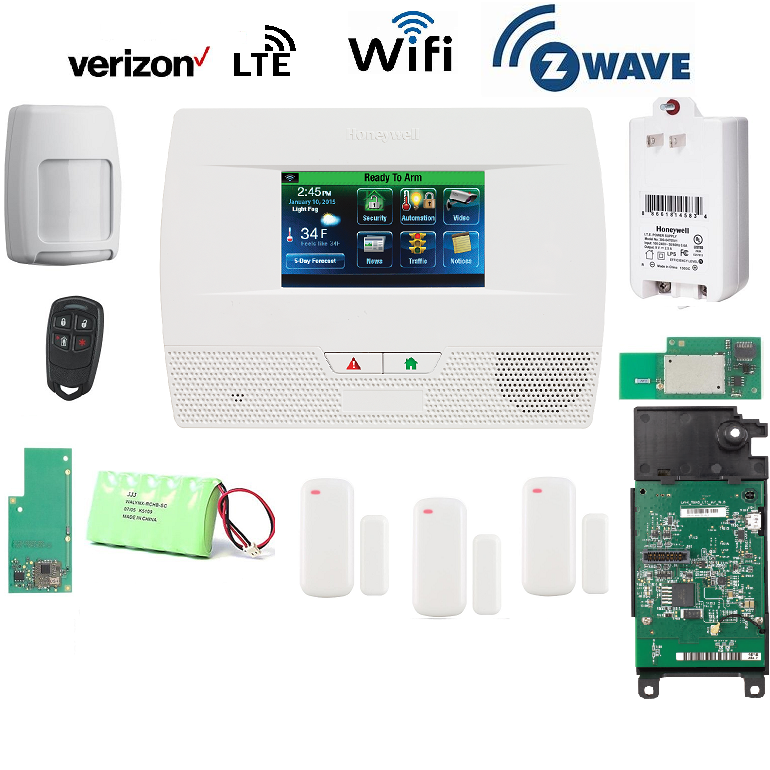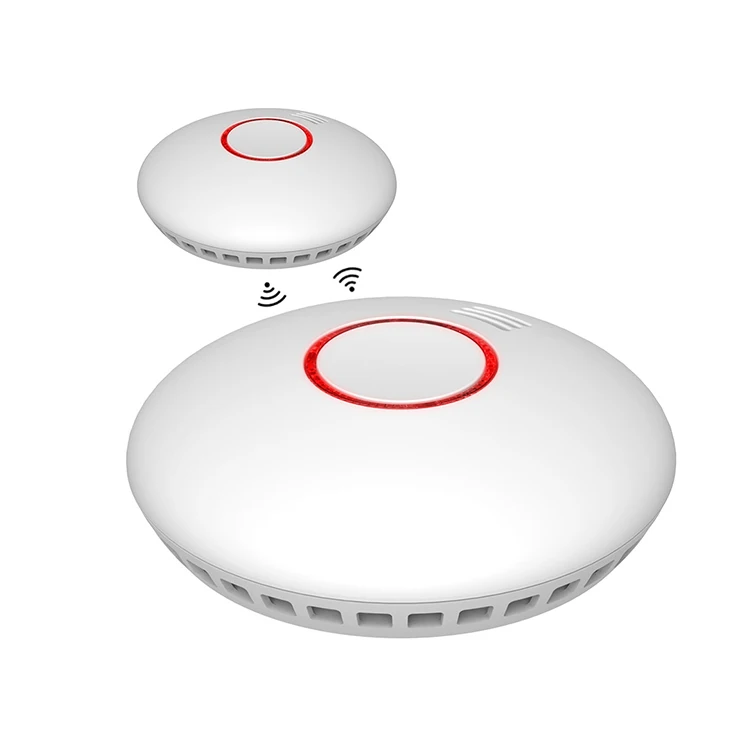

Zigbee Specifications Popular Applications of Zigbee Provided these are available include home automation, smart energy, telecommunications, healthcare and remote control (Rf4CE or Radio Frequency for consumer electronics), retail services and building automation.Ģ.4 GHz (for home automation), 784 MHz, 868 MHz, 915 MHz (country specific)

These in return connect with ZigBee stack and make it faster and easier for manufacturers to create wireless products for specific applications. It helps in designing specific application software known as profiles. It supports nearly 2500 brands as compared to Z-wave that supports just 2400 brands. ZigBee was developed to be flexible and scalable.

Zigbee based applications can support up to 65k nodes. If in case any of the two nodes are not able to communicate, they can communicate both-ways via links within range acting as repeaters. Obviously, all the branch nodes are connected with a master coordinator or the central node. Zigbee based applications can either function on mesh topology, or tree topology or even on star topology depending upon the requirements. Zigbee Alliance since then maintains the IEEE 802.15.4 standard. It was started as an alternative source of Bluetooth and Wi-Fi device applications. The ZigBee stack software provides the network and applications layers.

The IEEE 802.15.4 standard provides layer 1 (Physical Layer) and layer 2 (Media Access Controller) of the network. It is based on IEEE’s 802.15.4 personal-area network (PAN) radio standard. It is low power, low cost, low complexity networking solution for Internet of Things (IoT). Zigbee was originally developed for commercial use, but now it is increasingly being used for industrial and residential purposes. But its low consumption power limits to 10-100 metres line of sight depending upon power output and other environmental characteristics.ġ00 m between the points of contact works well within a home. Physical range id approximately 10-20 metres. It is less likely to face interference at this frequency as compared to its Zigbee counterpart. Home automation, smart grid, remote control 868 and 915 MHz bands (in Binary phase-shift keying (BPSK)) and offset quadrature phase-shift keying (O QPSK)


 0 kommentar(er)
0 kommentar(er)
